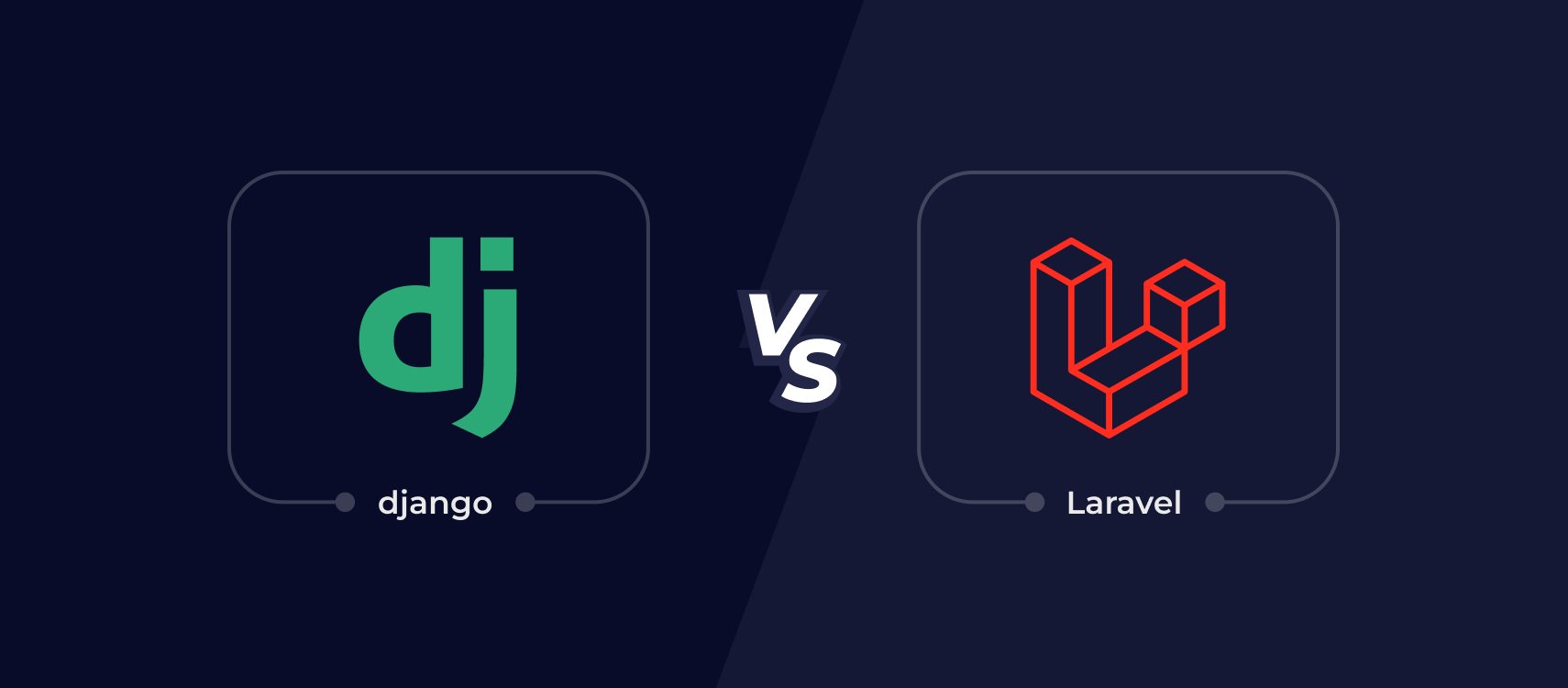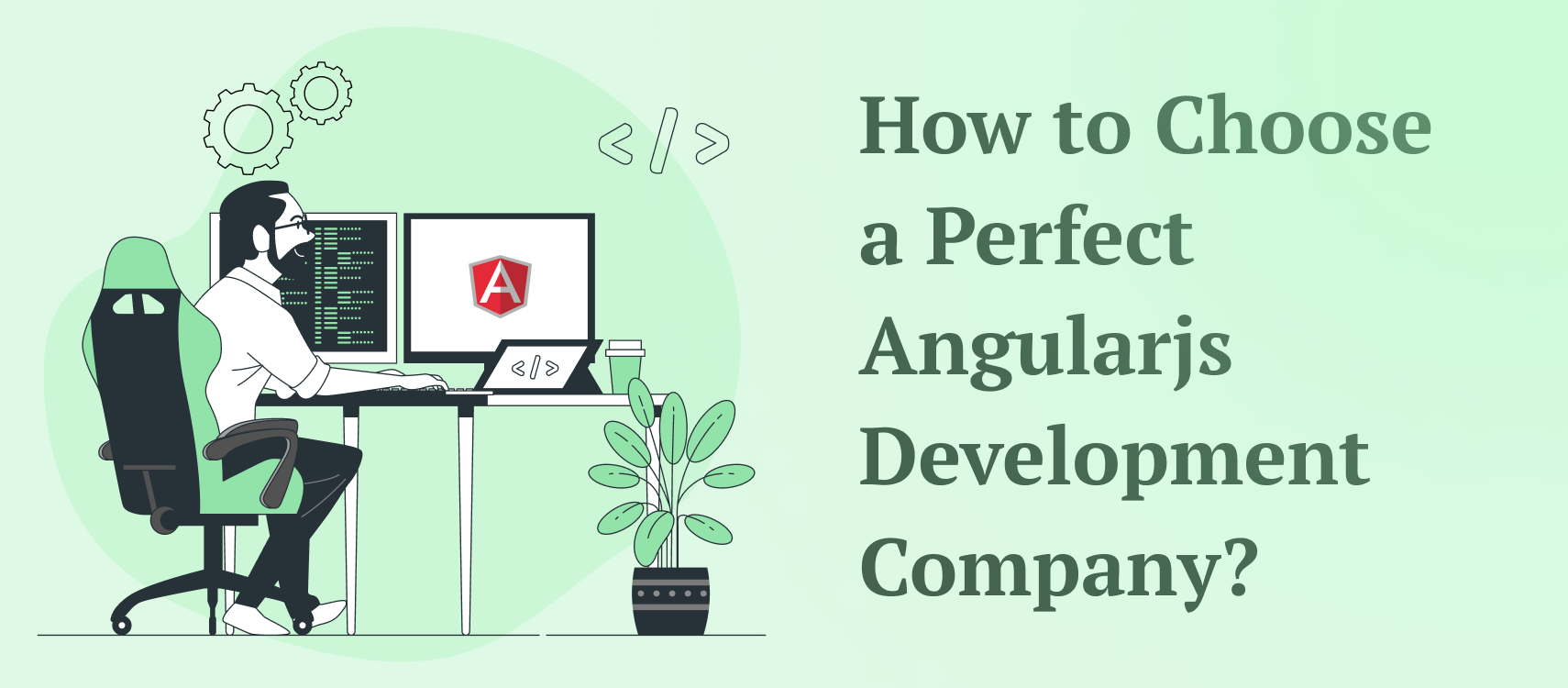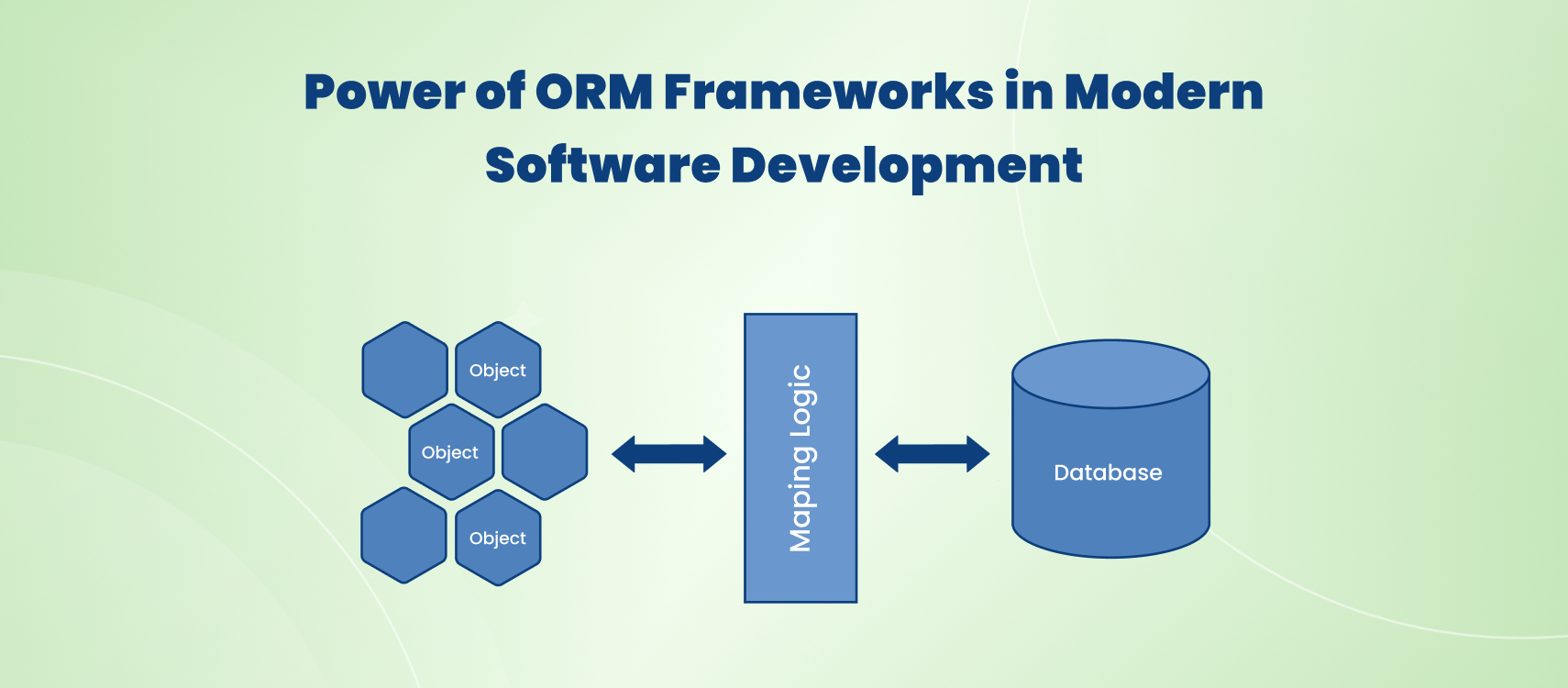Table of Contents
- Django
- Laravel
- Django vs. Laravel
- Ending Notes
In the world of web development, choosing the right framework can significantly impact the success of your project. Two of the most popular choices for building web applications are Django and Laravel. If you are planning to hire Django or Laravel development services for your next web app project, it is important to compare their strengths, weaknesses, and unique features.
Here we are going to make a neck-to-neck comparison of both frameworks to help you make an informed choice between Laravel or Django web development.
Django: A Robust Framework for Python Enthusiasts
Strengths of Django:
- High-level Abstraction and Productivity Django, a Python-based web framework, is renowned for its high-level abstractions and built-in functionalities. It follows the ‘batteries-included’ philosophy, offering a wide range of pre-built components for common web development tasks. This results in faster development cycles and increased developer productivity.
- High-level Abstraction and Productivity For instance, Django’s Object-Relational Mapping (ORM) system simplifies database interactions, allowing developers to work with databases using Python objects rather than writing SQL queries. Businesses hire Django development services because. Of the robust authentication system, admin interface, and form handling capabilities.
- Scalability and Performance While Django prioritizes developer convenience, it doesn’t compromise on scalability and performance. The framework’s architecture allows for the modularization of applications, making it easy to scale individual components as needed. Popular websites like Instagram and Pinterest, initially built with Django, are testaments to its scalability.
- Scalability and Performance Django’s performance benefits from Python’s mature ecosystem of libraries and tools. With options like Django REST framework for building APIs and caching mechanisms, developers can fine-tune the performance of their Django applications to meet specific requirements.
- Security and Built-in Features Django takes security seriously and comes with built-in protections against common web vulnerabilities. It includes features like protection against Cross-Site Scripting (XSS), Cross-Site Request Forgery (CSRF), and SQL injection. Django’s security features, along with its active developer community and regular updates, help ensure that your web applications remain secure.
- Security and Built-in Features The framework’s admin interface is another standout feature, providing an out-of-the-box solution for managing application data. It allows you to perform CRUD (Create, Read, Update, Delete) operations on your data models without writing custom admin panels, saving time and effort.
Laravel: A PHP Powerhouse for Modern Web Development
Strengths of Laravel:
- Elegant Syntax and Developer Experience: Laravel, a PHP framework, is celebrated for its elegant and expressive syntax. It prioritizes developer experience, aiming to make web development enjoyable and efficient. Laravel’s intuitive and readable codebase reduces the learning curve for new developers and facilitates collaboration within development teams.
- Elegant Syntax and Developer Experience: One of Laravel’s standout features is its use of Blade, a templating engine that simplifies the creation of dynamic views. Blade templates are both powerful and user-friendly, allowing developers in a Laravel development company to craft complex UIs without sacrificing code maintainability.
- Laravel Ecosystem and Packages: Laravel boasts a rich ecosystem of packages and extensions, primarily accessible via Composer, the PHP package manager. This ecosystem accelerates development by providing ready-made solutions for various tasks. Whether you need to implement authentication, handle payments, or integrate with third-party services, chances are there’s a Laravel package that can streamline the process.
- Laravel Ecosystem and Packages: One notable package is Laravel Horizon, which simplifies the management of background job processing. Laravel Passport, on the other hand, offers a seamless way to add OAuth2 authentication to your APIs. This extensive library of packages significantly reduces development time and effort.
- Laravel Mix and Blade Components: Laravel Mix is a powerful asset compilation tool that simplifies the management of frontend assets like CSS and JavaScript. It provides an elegant API for defining asset build processes, enabling developers to compile, minify, and version frontend assets effortlessly.
- Laravel Mix and Blade Components: Blade Components, introduced in Laravel 7, revolutionize frontend development by promoting the reusability of UI components. With Blade Components, you can encapsulate UI elements into reusable packages, promoting clean and maintainable code. This feature aligns Laravel with modern frontend development practices.
Django vs. Laravel: A Feature-by-Feature Comparison
To make an informed decision between Django and Laravel, let’s compare these frameworks in various aspects:
1. Language and Community
Django uses Python, known for its readability and versatility. Python has a robust developer community and is widely used in scientific computing and machine learning. Laravel, on the other hand, uses PHP, which has a vast developer base and is the foundation of many web applications. Your choice may depend on your team’s language proficiency and the specific project requirements.
2. Learning Curve
Django’s high-level abstractions may make it more accessible to newcomers, especially those familiar with Python. Laravel’s elegant syntax and Blade templating engine also contribute to a relatively gentle learning curve. However, both frameworks have comprehensive documentation and supportive communities to aid developers at all levels.
3. Database Support
Django’s ORM is well-regarded for its flexibility and ease of use. It supports multiple databases, including PostgreSQL, MySQL, SQLite, and Oracle. Laravel, while primarily associated with MySQL, offers compatibility with several databases and supports Eloquent, its own ORM.
4. Performance
Both frameworks can achieve high performance when properly configured. Django’s performance benefits from Python’s mature ecosystem, while Laravel leverages PHP’s optimization features. Laravel’s Laravel Mix simplifies asset management and can boost frontend performance.
5. Community and Ecosystem
Django boasts an active community and a wealth of third-party packages on the Python Package Index (PyPI). Laravel’s Composer ecosystem provides a vast selection of packages and extensions. Consider your project’s specific requirements and the availability of relevant packages in your chosen framework.
6. Authentication and Authorization
Both Django and Laravel offer robust authentication and authorization mechanisms. Django includes a powerful authentication system, while Laravel provides Laravel Passport for OAuth2 integration. Your choice may depend on your preferred method of authentication and your project’s specific requirements.
7. Frontend Development
Django uses template engines like Django Template Language for frontend development. While it can be extended with JavaScript frameworks like React or Vue.js, it may require additional setup. Laravel’s Blade templating engine simplifies frontend development and Laravel Mix streamlines asset compilation.
8. REST API Development
If your project requires RESTful API development, Django’s Django REST framework offers a comprehensive solution. Laravel’s API features, while robust, may require additional packages for advanced functionality.
9. Community and Documentation
Both Django and Laravel have active communities and comprehensive documentation. Django’s documentation is known for its clarity, while Laravel’s documentation is highly detailed and user-friendly.
10. Use Cases and Industries
Django is often preferred for applications requiring extensive data handling and complex database interactions, such as content management systems and e-commerce platforms. Laravel excels in building modern web applications, including startups, SaaS platforms, and applications with real-time features.
Ending Notes
Choosing between Django and Laravel ultimately depends on your project’s specific requirements, your team’s expertise, and your development preferences. Django is an excellent choice for Python enthusiasts, projects that require complex data modeling, and applications in fields like scientific research. Laravel’s elegant syntax, extensive ecosystem of packages, and modern development features make it a strong contender for web applications, particularly those targeting startups and small to medium-sized businesses.










